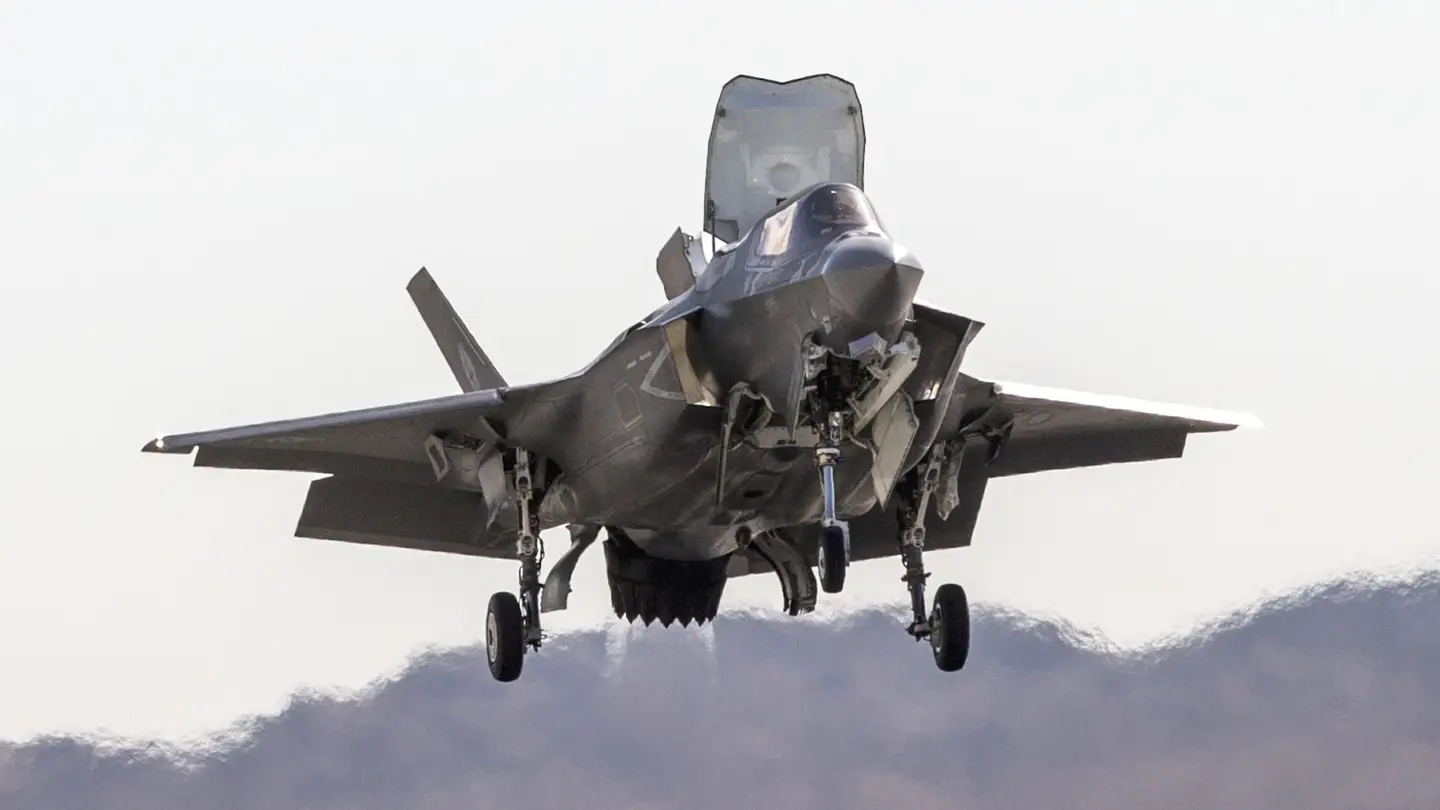After completing its evaluation of the F-35 Joint Strike Fighter, Singapore has announced it will buy another eight of the short takeoff and vertical landing (STOVL) F-35B versions, for a total of 12 so far. The move cements Singapore’s commitment to the stealth jet, which in its STOVL form will offer some key advantages to the small Southeast Asian nation, whether operating independently of runways or potentially from the flight deck of larger amphibious ships in the future.
“These technologically advanced F-35Bs will ensure that the RSAF [Republic of Singapore Air Force] remains future-ready and effective in safeguarding Singapore’s skies,” the service declared in a tweet today.
Singapore’s Minister for Defense, Dr. Ng Eng Hen, added: “After a full evaluation, the Ministry of Defense and the Singapore Armed Forces conclude that the F-35 will best meet our defense needs now and in the future.”
“The RSAF will be acquiring eight more F-35Bs, to be added to our fleet by end of this decade,” the minister continued. “This will support the progressive drawdown of our aging F-16s, due to retire from the mid-2030s onwards. The RSAF with F-35s and F-15s will be a strong air force to protect our skies.”
Singaporean involvement in the Joint Stike Fighter program stretches all the way back to 2003 when it joined as a Security Cooperation Participant.
After Singapore selected the Joint Strike Fighter in 2019 as the likely successor to its F-16 fleet, the U.S. government approved the sale of the F-35B version the following year. Singapore ordered an initial batch of just four F-35Bs that are scheduled to be delivered in 2026, under a Foreign Military Sales (FMS) deal. The RSAF will be the first user to operate the STOVL version of the jet exclusively from land bases — initially, at least.
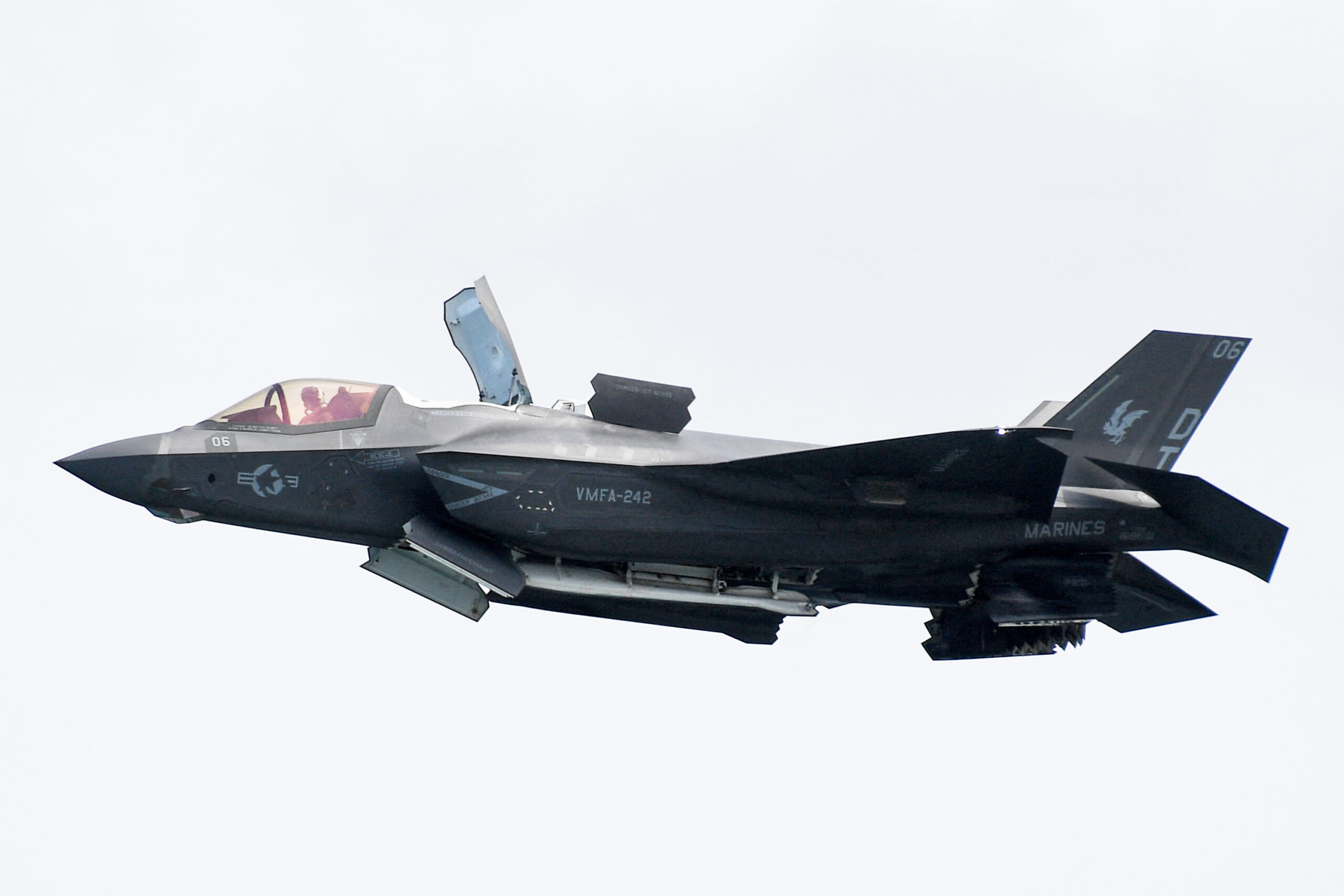
Based on official statements, it had been anticipated that the first four Singaporean jets would be used to evaluate whether the F-35B really is a good fit for the tiny country, although today’s announcement that an option for eight more jets of the same variant will be exercised seems to put the future of the Joint Strike Fighter in Singapore beyond any doubt.
The decision to acquire another eight of the STOVL versions of the jet came after an evaluation of both the conventional takeoff and landing (CTOL) F-35A version and the F-35B, in the United States, during the third quarter of 2022. This was hosted by both the U.S. Marine Corps and U.S. Air Force.
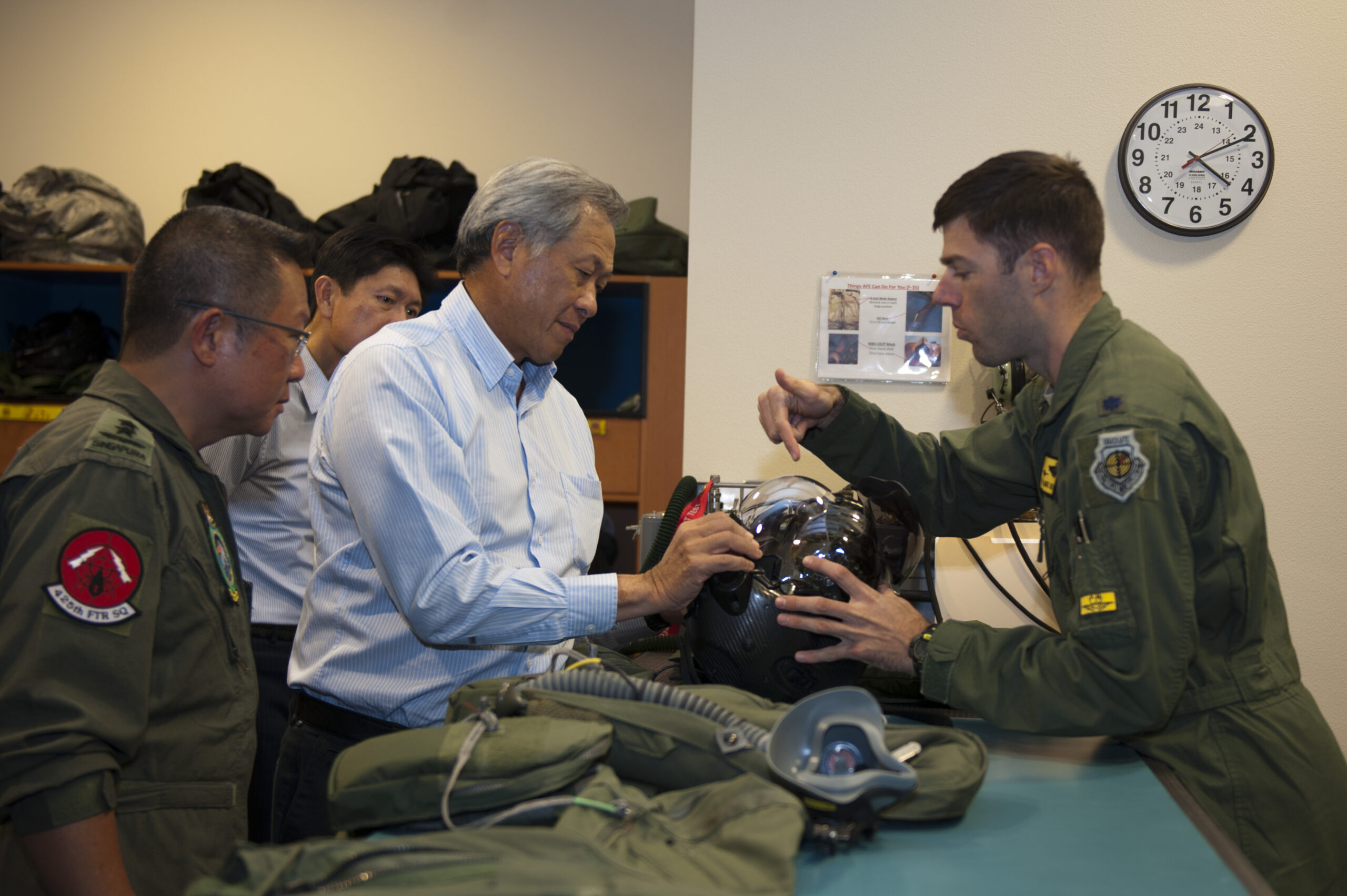
However, it remains to be seen if orders beyond these first 12 jets will switch to the F-35A, in full or in part. The F-35A is cheaper than the F-35B and less technologically complex while offering the benefit of a larger payload and greater combat radius, as well as commonality with a greater number of other operators. Back in August 2022, an official from the RSAF intimated that the F-35A was still in the running for future Singaporean orders.
With a fleet of 60 F-16C/Ds currently in service, the question of what version of the F-35 makes the best replacement for these aircraft will surely come up again in the future. Singapore won’t necessarily be in a hurry to decide on the F-35 force mix, especially as its Vipers are at a notably capable level. These relatively fresh Block 52/52+ aircraft have already received significant upgrades over the years. Most recently, the jets are being brought up to the advanced F-16V configuration, which could help keep them viable beyond 2030 if necessary.
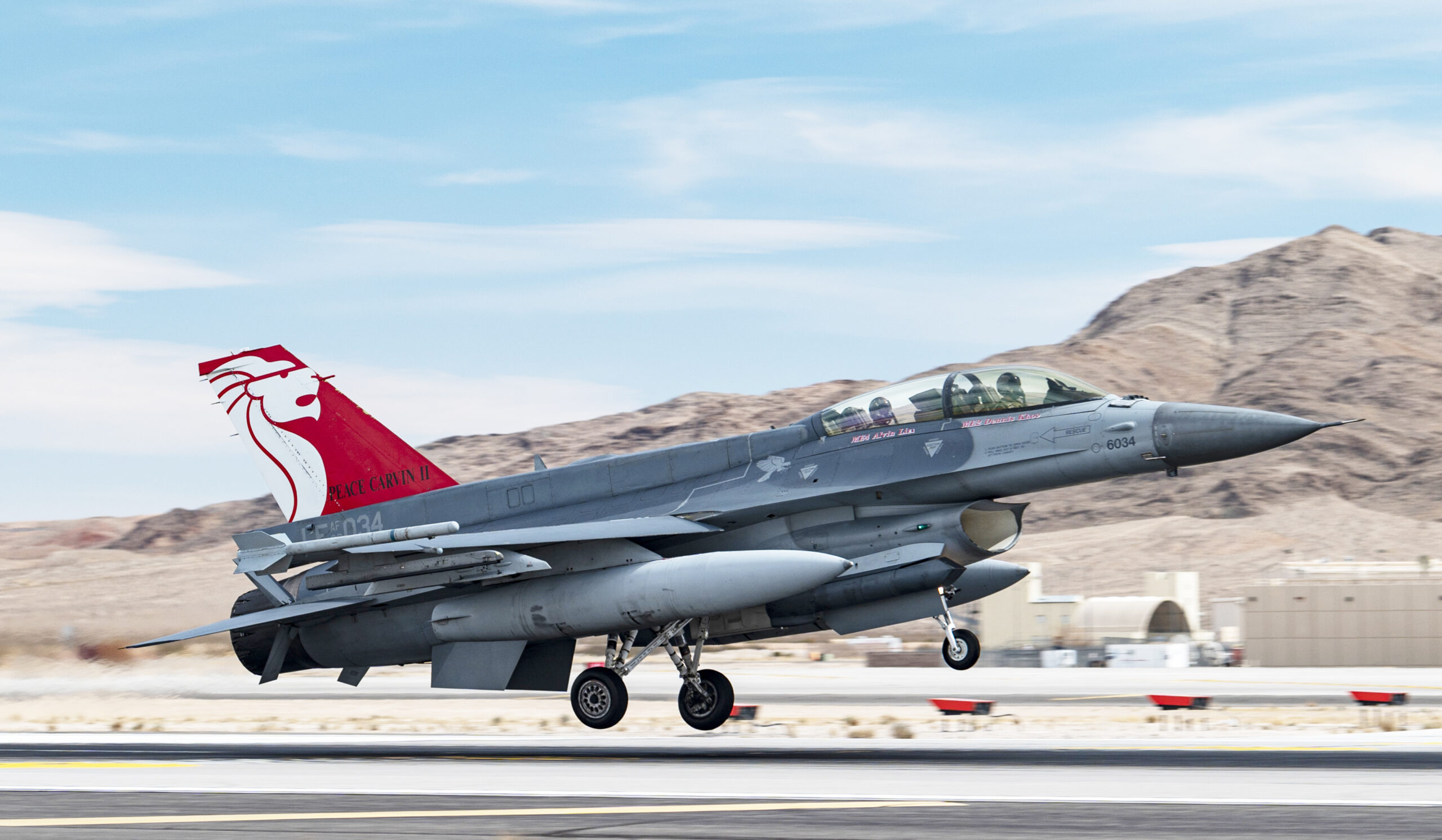
In the meantime, Singapore is going with the F-35B, the first four of which will be used for training in the United States. This will be carried out at a new FMS Pilot Training Center that is to be set up at Ebbing Air National Guard Base, Fort Smith Regional Airport, Arkansas. The RSAF is due to begin F-16 training at Ebbing in 2023 before starting F-35 training there.
It would not be entirely surprising, too, if Singapore ends up with F-35Bs that feature certain bespoke modifications, particular to the RSAF. In the past, for example, Singapore has opted to install Israeli-provided electronic warfare systems in its U.S.-made fighter jets. Israeli electronics or weapons could also find their way onto RSAF F-35Bs. At the same time, we identified Singapore as a possible recipient of an unspecified “Joint Strike Fighter aircraft variant,” under development with Lockheed Martin. One possible option could be a refueling receptacle for the otherwise probe-equipped F-35B, providing commonality with Singaporean F-15s and F-16 — as well as the ability to top up fuel using the boom on its A330 Multi-Role Tanker Transport (MRTT) aircraft.

Even without modifications, the F-35B, as we have pointed out in the past, offers some particular advantages to Singapore’s unique geography and operating environment.
When the STOVL jet was first selected, Dr. Ng Eng Hen noted that its ability to operate away from potentially highly vulnerable airbase infrastructure is “an important feature in land-scarce Singapore.” In total, Singapore covers an area of less than 280 square miles. In such an environment, the ability to have F-35Bs disperse to suitably reinforced roadways or even smaller concrete pads is of enormous value.
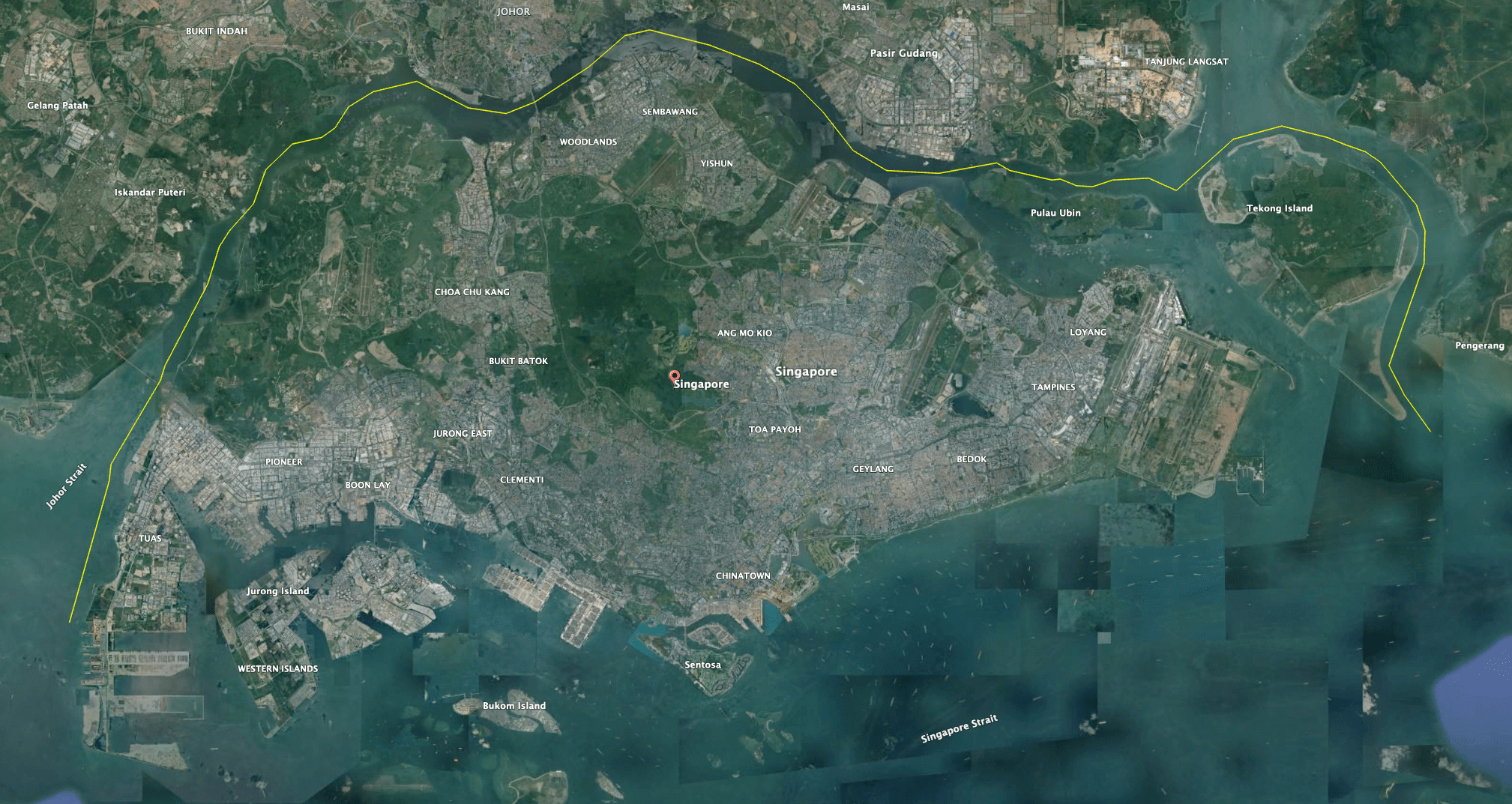
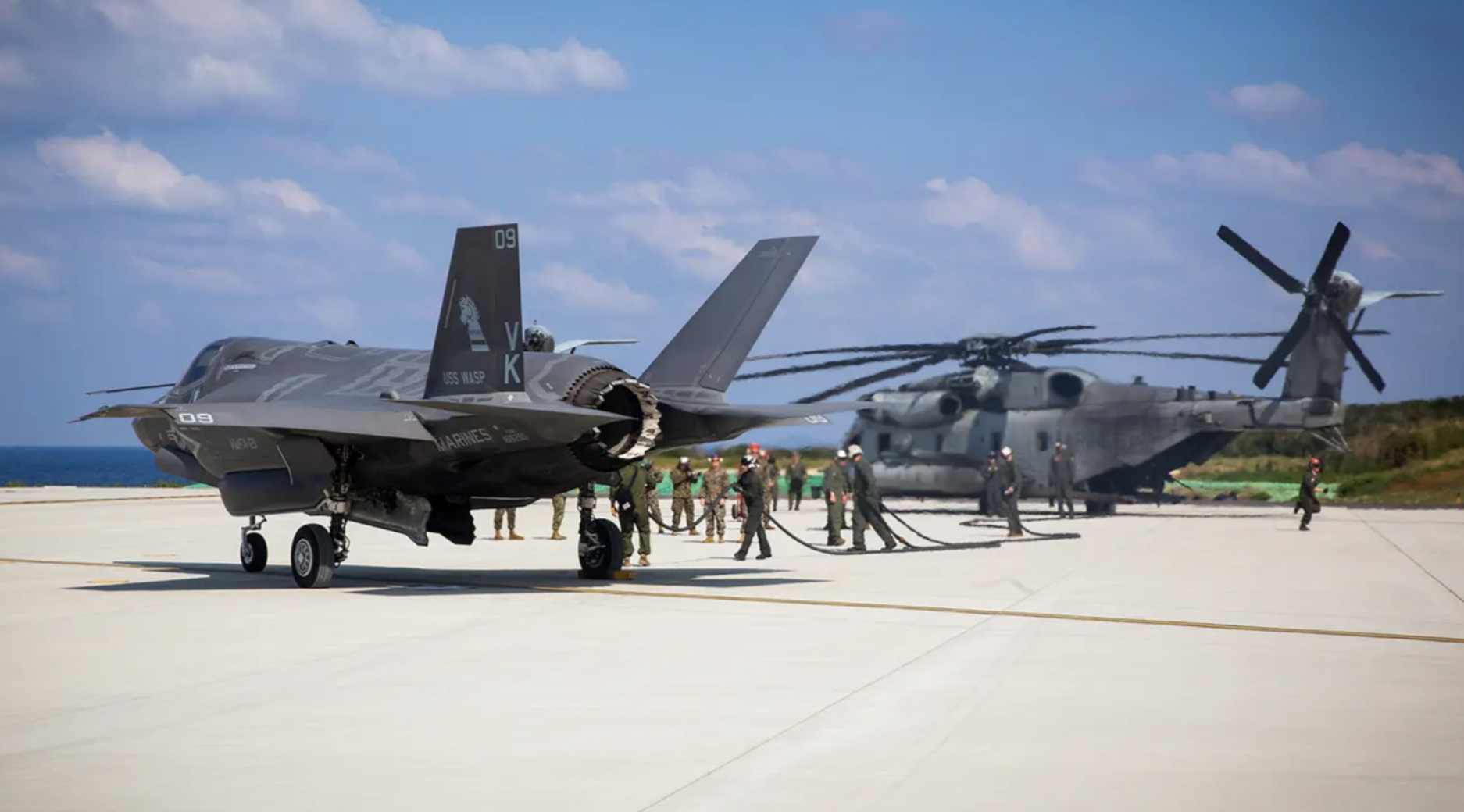
The need to be able to generate combat aircraft sorties even if airbases are attacked is derived, to a considerable degree, by China’s increasingly assertive presence in the South China Sea, where its extensive claims over the region have led to a significant uptick in tensions.
As well as Beijing claiming virtually the entire South China Sea as its national territory, moves to bolster that position have included the construction of a constellation of man-made island military outposts in the region. For its part, Singapore does not make any claim over the South China Sea and instead has repeatedly sought a resolution through different regional and international organizations. In particular, Singapore is highly reliant on the maritime trade routes that crisscross these waters, while keenly aware that natural choke points like the Malacca Strait could potentially be closed down by China in any wider regional crisis.
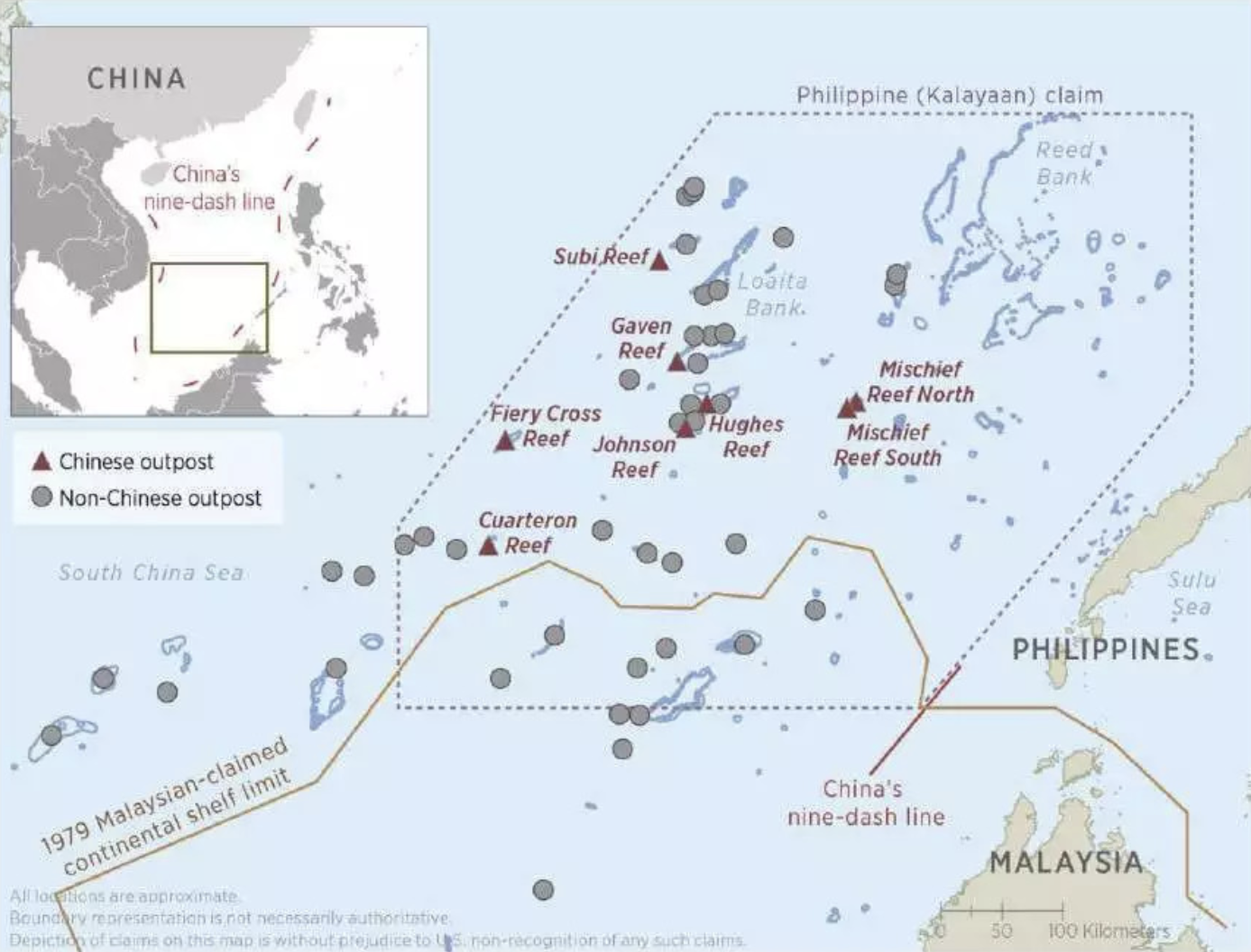
The Chinese military build-up in the South China Sea is often seen in terms of a broad anti-access and area-denial (A2/AD) strategy that can challenge the maneuverability of any potential opponent in a crisis. Long-range surface-to-air missiles, fighter and bomber operations, including deployments, shore-based anti-ship missiles, as well as coastal missile craft all have a part to play in this, aided by the availability of man-made islets from which to launch from. At the same time, the People’s Liberation Army Navy is growing in strength, with a rapid building program for advanced surface combatants and submarines.
It is likely the case that, in the stealthy Joint Strike Fighter, Singapore has identified the best possible solution for a jet that can challenge these threats, and others, from the air. Elsewhere in the Pacific region, similar decisions have been reached by Australia, Japan, and South Korea. U.S. F-35s are also a permanent presence in the region, making frequent rotations there.
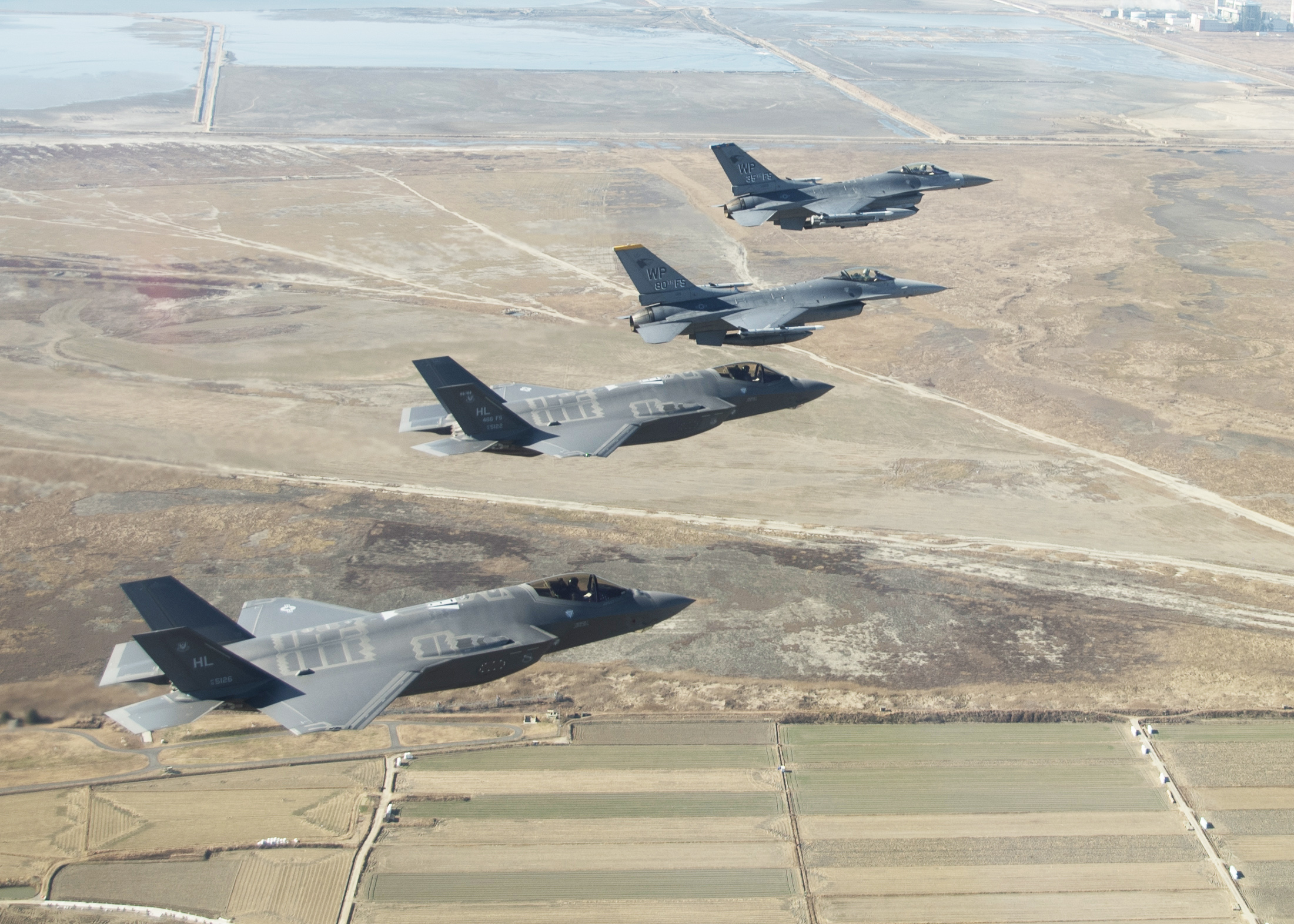
Whatever the chosen mix of versions, the F-35 is a highly capable F-16 successor for the RSAF. It’s interesting, too, that the defense minister envisages the F-35B and F-15SG — an advanced development of the F-15E Strike Eagle — working together at the cutting edge of the RSAF after the mid-2030s. That suggests that the RSAF will exploit the F-15’s superior range and load-carrying capability, for long-range air defense and strike, perhaps even using it as something of a ‘weapons truck’ that can make up for the F-35’s deficiencies in terms of the quantities of internal armament it can carry. Meanwhile, the F-35’s powerful sensor suite could be used to the advantage of the F-15s, feeding them targeting data and boosting situational awareness. Perhaps, this could also point to the possibility of additional F-15 purchases in the future, which would likely involve a version of the latest F-15EX.
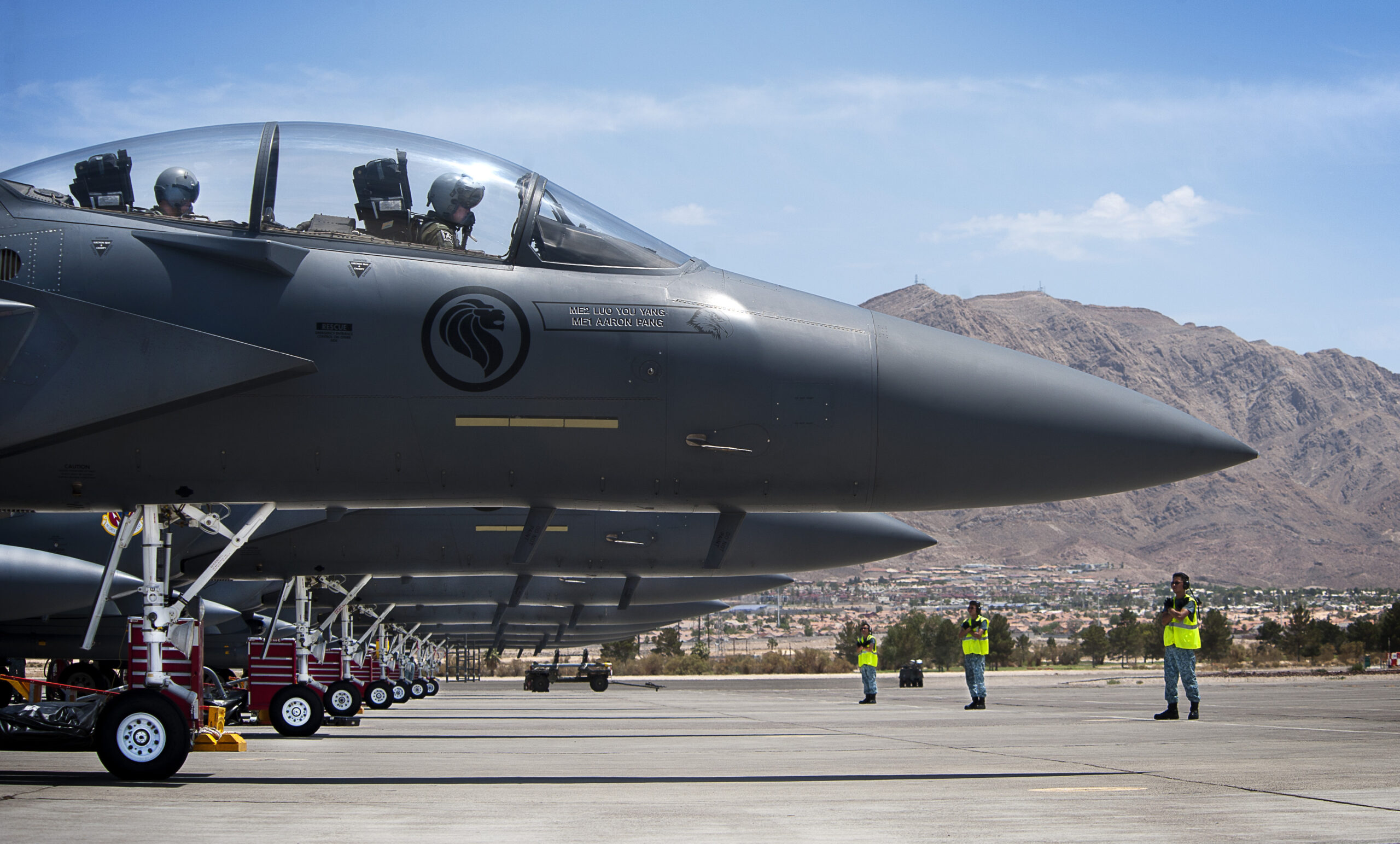
Finally, there is also the potential for Singapore to take the F-35B to sea aboard a new generation of aviation-capable warships. There has long been an aspiration to introduce a new Joint Multi-Mission Ship (JMMS) to replace the Republic of Singapore Navy’s four Endurance class landing platform docks. The JMSS is expected to feature a full-length flight deck, primarily for helicopters, although some limited F-35B operations could also be feasible. The JMMS is not expected to arrive in service until the mid-2030s, which would at least give some time to incorporate modifications to better accommodate the F-35B, although there is currently no sign that the JMMS be expected to routinely embark the Joint Strike Fighter nor that the STOVL jet was selected with the new warship in mind. Still, even using the JMMS as an at-sea forward arming and refueling point (FARP) would be a useful option.

Singapore’s decision to commit more deeply to the F-35B shows, once again, how the country is willing to invest in the highest-end capabilities available, as well as expand its military ties with the United States. Potentially, the Singaporean decision could also spur other F-35B sales to operators that could benefit from dispersed operations on land.
Meanwhile, as long as China poses a threat in the region, and continues to develop cutting-edge capabilities of its own, we are likely to see Singapore respond accordingly, including ensuring that its air force remains one of the best equipped in Southeast Asia.
Contact the author: thomas@thedrive.com
